Costa Rica: a feast for the eyes of nature lovers
Go on a wildlife-filled sustainable adventure in Central America
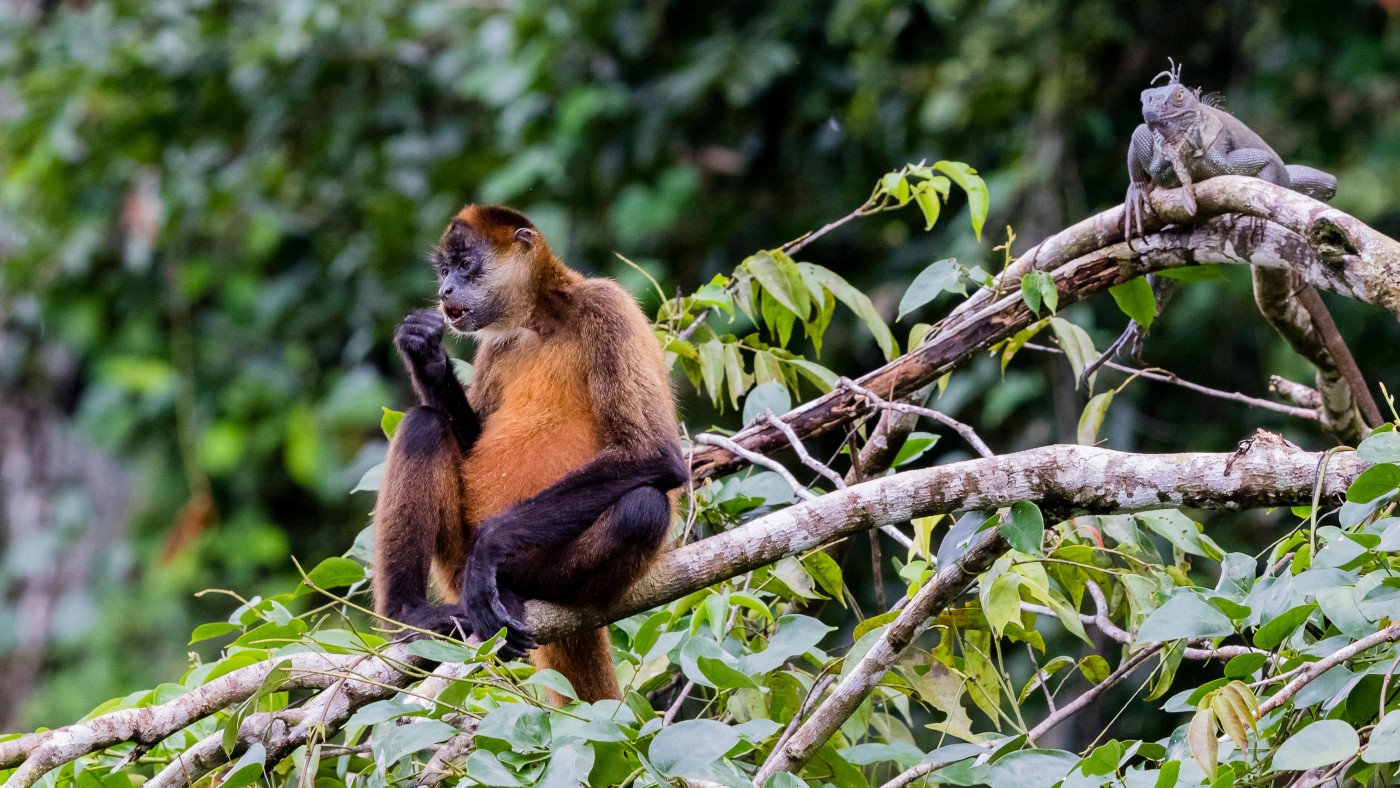
Gallo pinto was my first taste of Costa Rica, a local breakfast dish of white rice and black beans which creates a speckled effect and where the etymology of the name derives – gallo pinto meaning speckled rooster. Alongside eggs and avocado, followed by fresh papaya, melon and mango, washed down with Costa Rican coffee, the scene was set for the flavourful week ahead.
From the Radisson hotel in San José, the capital of Costa Rica, we got on the road towards Sarapiqui, passing fruit sellers with baskets overflowing with rambutans, bananas and mangoes and an ox pulling its bright, ornate orange cart along the palm fringed roads.
Sarapiqui
This canton resides in the river area of the Heredia province, promising rich biodiversity and bags of adventure, such as ziplining. While I chickened out of the ziplining, which I must confess, I slightly regretted, I stayed to sip coffee on the veranda with mind-blowing rainforest views, intercepted only by the tweets and flashes of colour from the ethereal toucans gliding from branch to branch ahead.
The Week
Escape your echo chamber. Get the facts behind the news, plus analysis from multiple perspectives.

Sign up for The Week's Free Newsletters
From our morning news briefing to a weekly Good News Newsletter, get the best of The Week delivered directly to your inbox.
From our morning news briefing to a weekly Good News Newsletter, get the best of The Week delivered directly to your inbox.
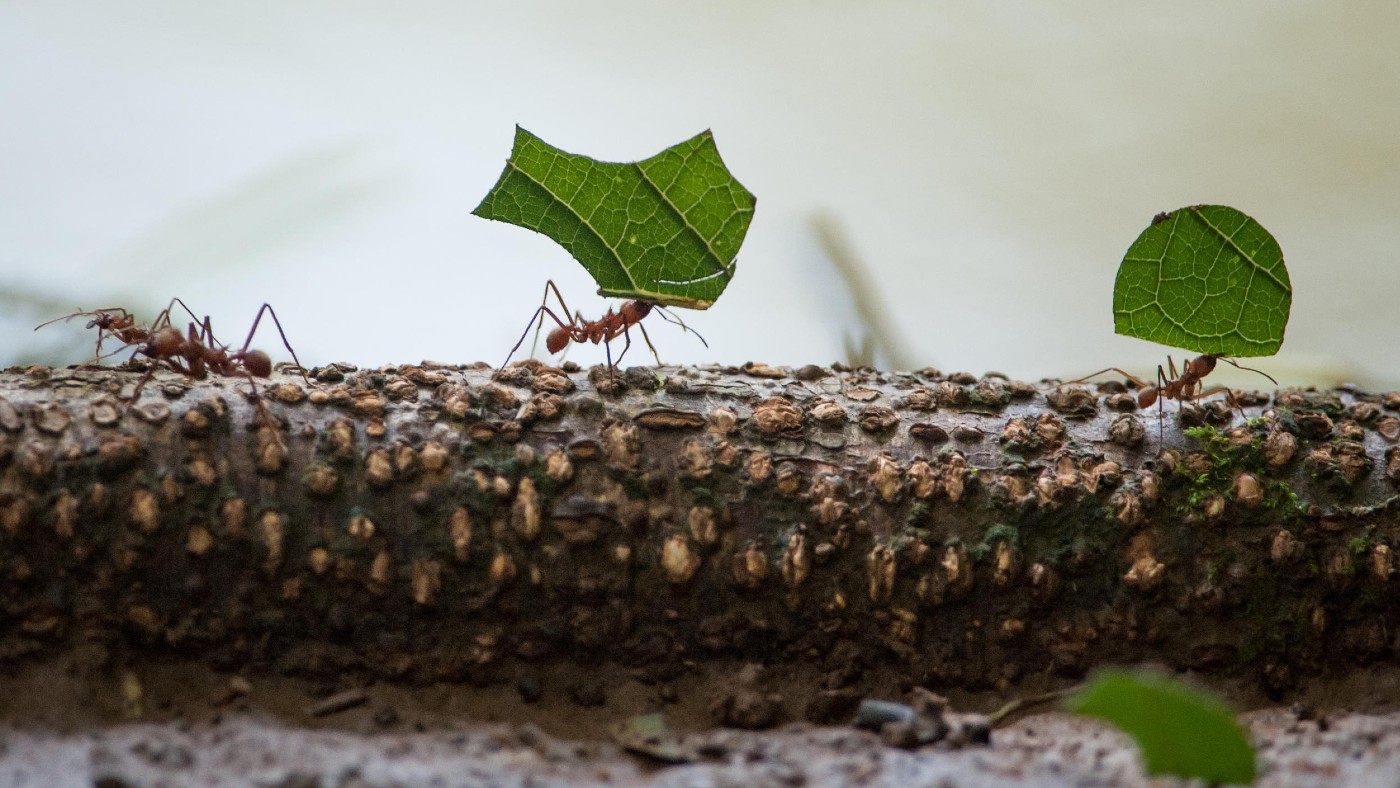
We then dropped by the Sarapiqui Conservation Learning Centre where we had lunch opposite the river. We ate casado, meaning “marriage”, which is a medley of tastes that combine well on a plate – rice, beans, salad, fried plantain and chicken with a tortilla on top. I tore myself away from the sight of the petite hummingbird perched on top of a waxy “torch ginger”, an almost plastic-looking, vibrant red tropical plant, to go on a tour of the resident ant colonies.
Called “Hormigas Town”, founded in 2008 by Leo Herra, it shows the strong role ants have in our ecosystem. Watching the leafcutter ants working systematically carrying segments of foliage on their backs and winding along the tree branches is a sight to behold. Herra explained the leaves are carried into the colony where other insects chew them, which becomes “compost” and is the breeding ground for the protein-rich fungi which they eat. A ticket includes lunch, the ant tour and a river rafting experience.
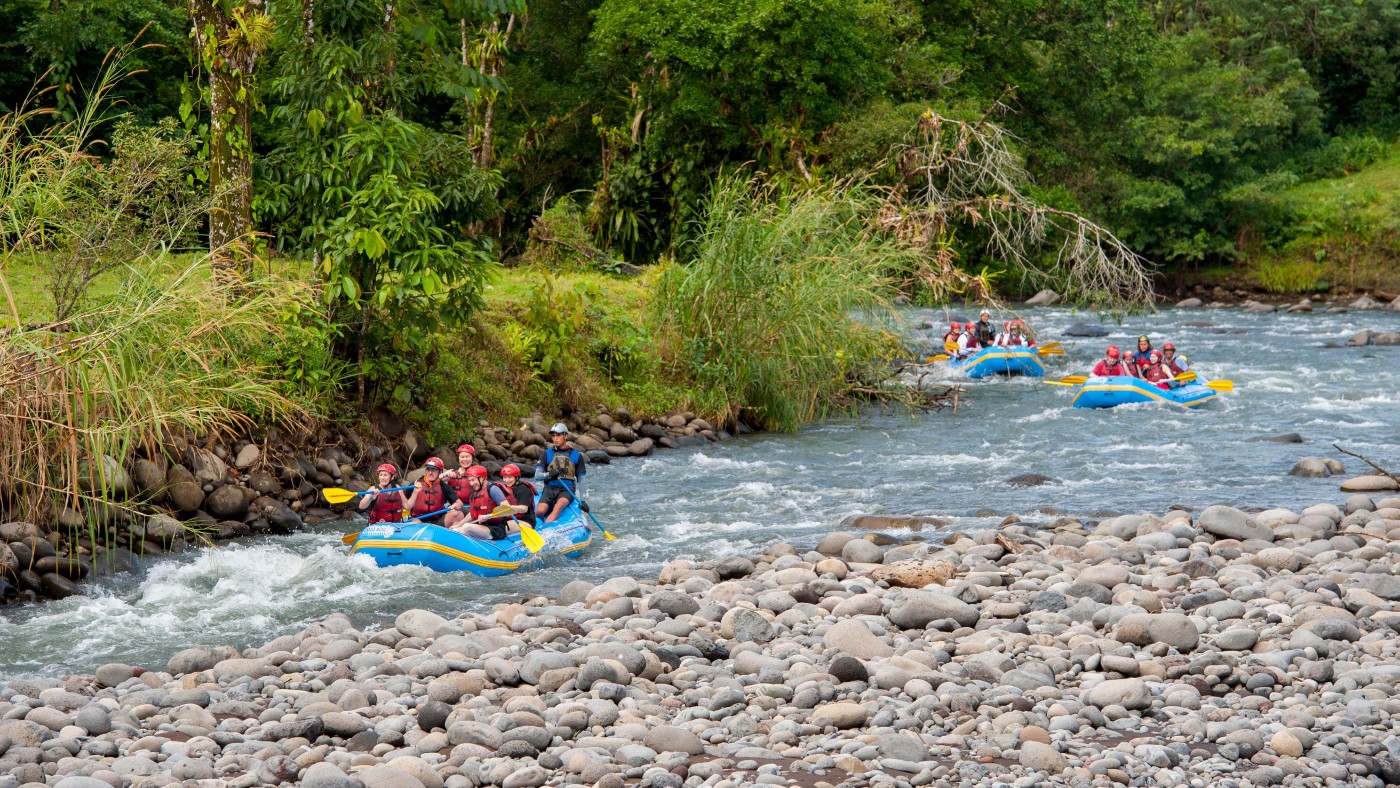
The rafting was two hours of exhilarating joy. Following the flow of the river, and when not paddling for your life, you can spot vultures, snowy egrets, great egrets, cormorants, bare-throated tiger herons and blue herons, as well as majestic howler monkeys and sloths in the trees. For a sustainable gift, there is a selection of eco-conscious presents on sale at the centre. Made by a womens’ cooperation from recycled plastic, items include handbags and colourful statement jewellery.
After checking into Selva Verde Lodge, a gorgeous elevated wooden eco-lodge enveloped by rainforest and tropical gardens, we knew we were somewhere special. The morning was magical as we ate breakfast and looked out to an unobstructed view of toucans feeding on the fruit left for them a mere few feet in front of us.
A free daily email with the biggest news stories of the day – and the best features from TheWeek.com
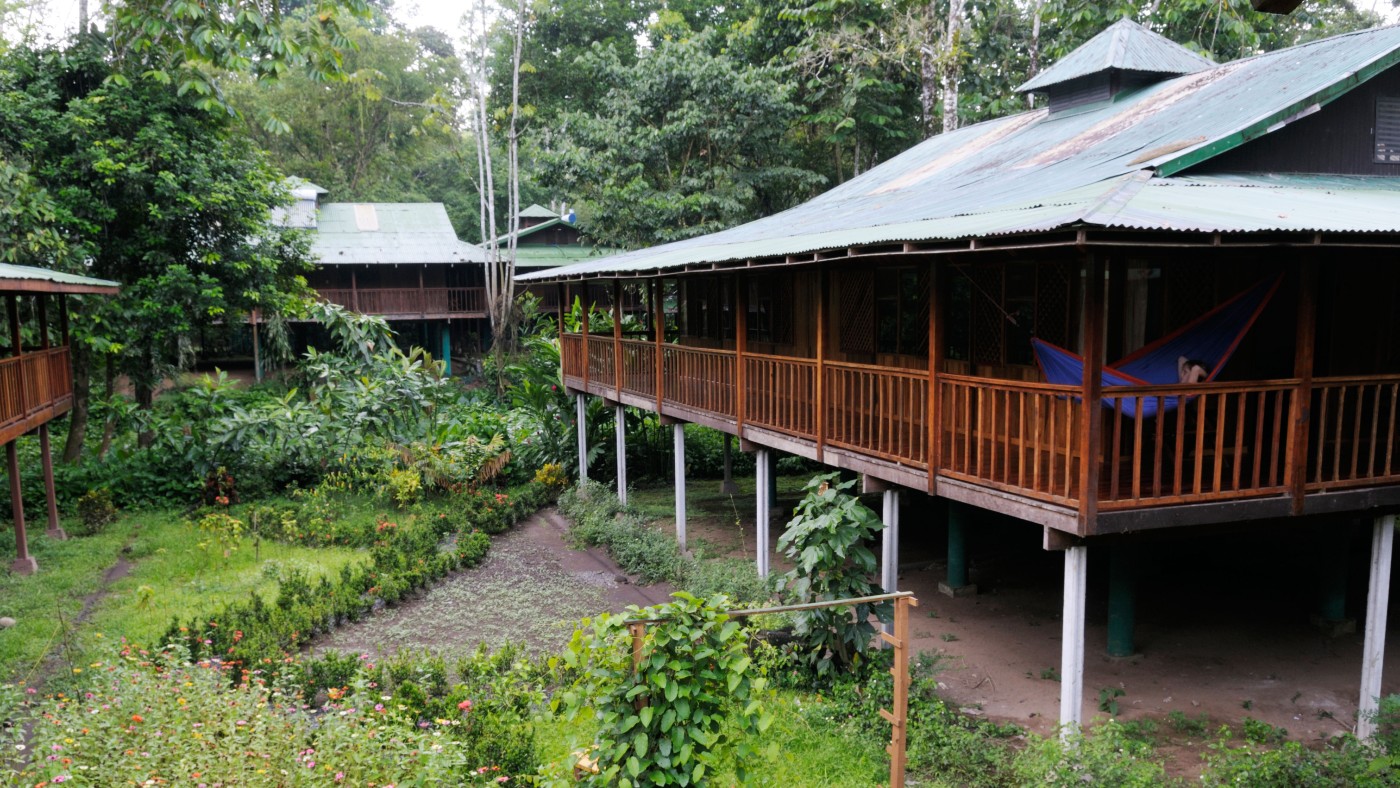
Before leaving Saraquipui, a visit to La Tirimbina Reserve is a must. With 345 hectares of protected tropical forests, looking around is an adventure. Cross the swaying bridge, passing proud iguanas in the trees, you can look down at walking palms which “walk” 2cm a year to find the best position to thrive, into the thick rainforest bursting with tropical wildlife. You can book one of the 22 popular on-site rooms which have a five-star leaf rating, the highest possible in sustainability goals.
Tortuguero
This town resides on Costa Rica’s northern Caribbean coast, with its name deriving from the sea turtles rich in the area. To get to our hotel, Laguna Lodge, we boarded a small boat to go up the river. The 20-minute ride went through private farms, then into secondary forest where the vegetation is taller, dense and exuberant. A basilisk lizard, nicknamed the “Jesus Christ lizard” as they can walk on water, shot by catching our attention, until we spotted baby crocodiles sunning themselves on rocks, only to be distracted by the harrier hawk up above, a rare sighting our captain informed us. We were greeted with a cold guava drink and settled into our simple, yet quaint wooden rooms. Surrounded by tropical gardens, the stunning flame red, yellow tinged tiered heliconia plants shone like torches in the thick, lush green foliage. After a delicious dinner, buffet style, with a tortilla station and cassava cake for pudding, we headed back on a boat to go into town.
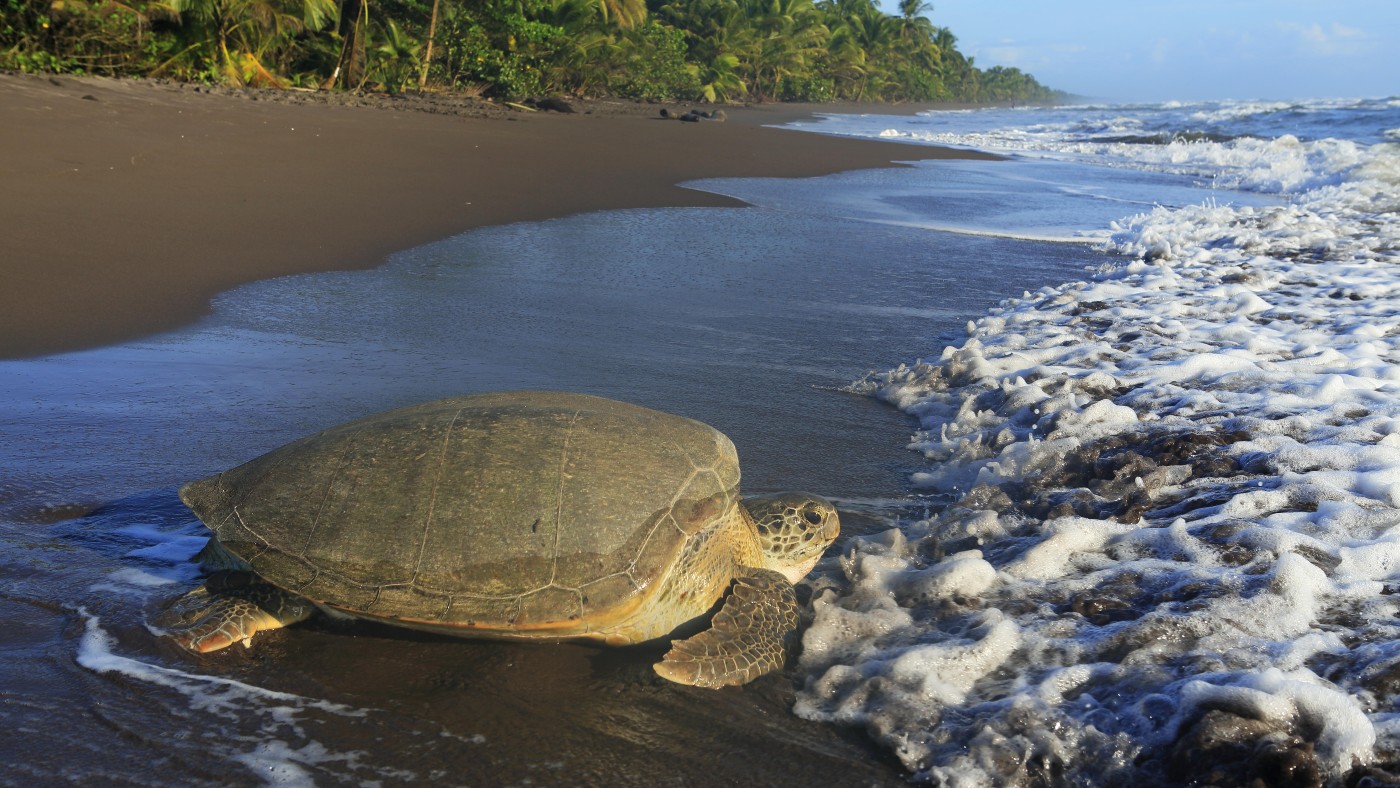
The small town of Tortuguero has a couple of exceptional craft shops. I bought a handmade bright green, wooden, red-eyed tree frog, mounted on a twig. There are restaurants in the bijou town, as well as a few bars. We loved El Patio and one which is popular with locals, Budda. There we switched between the local Imperial beer and refreshing guaro sour, a cocktail based on a sugarcane alcohol.
After waking at 5.45am to the sound of bullfrogs and birds in the distance, we had breakfast and went for a walk along the beach which is behind the lodge. It was then time to hop in a boat again for a tour to visit the canals of the Tortuguero National Park.
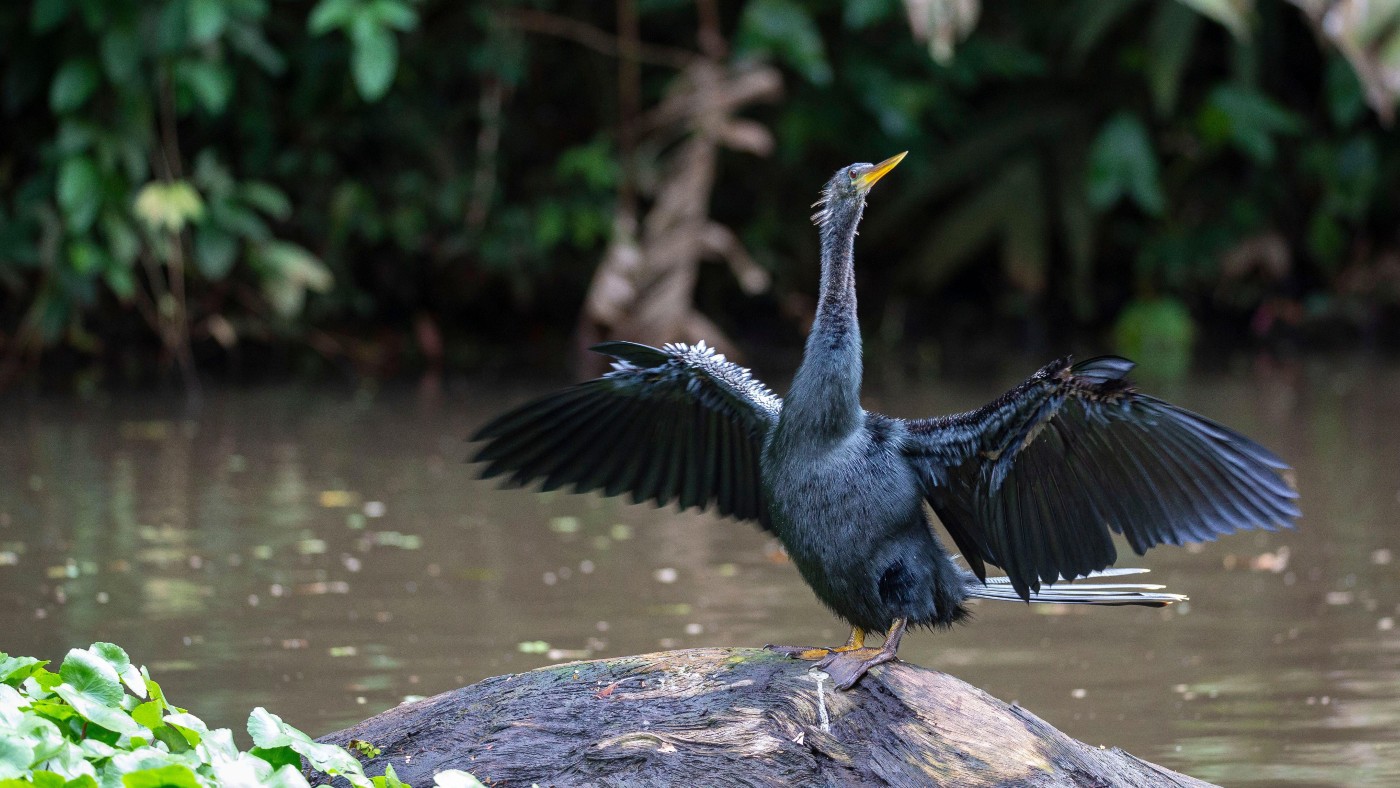
A troop of howler monkeys made themselves known in a fig tree, while in contrast the sheepish two-toed sloth with its green-tinged back could be seen high up in the canopy. The rainforest was a feast for nature lovers' eyes – and it’s hard not to expect Tarzan to swing from the trees. As we passed the awe-inspiring anhinga bird stretching out its long wings to dry its feathers in the sun, it was time to return to the lodge for dinner. If I close my eyes, I can still taste the sweet delight of the “cajeta” coconut pudding. Who knew shaved fresh coconut boiled in brown sugar with clove, cinnamon sticks and orange rind would make you think of Christmas in the heat of Costa Rica? The next morning, we departed on the long journey to La Fortuna, with a stop for humongous freshwater prawns, crispy smashed and fried plantain (pattaconnes), beans and salad.
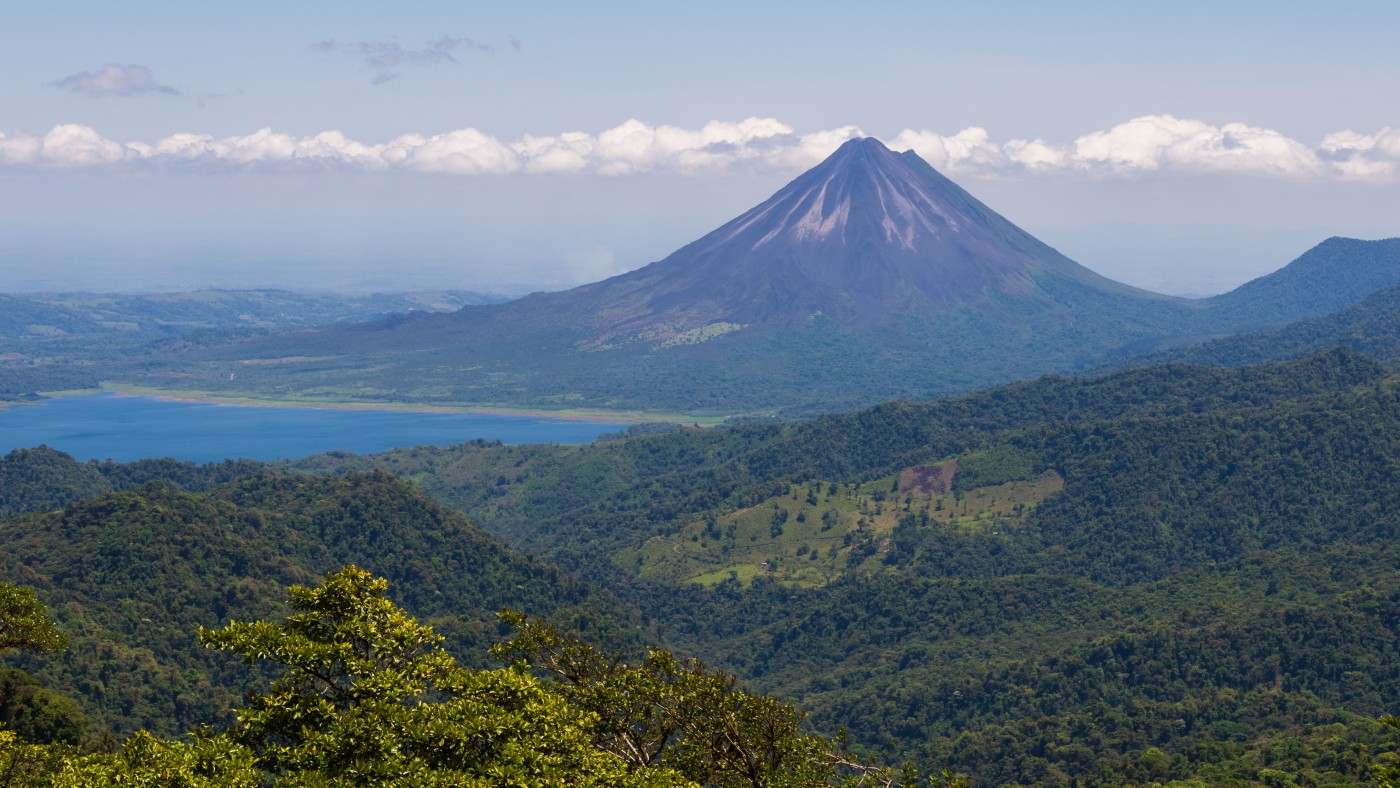
La Fortuna
The backstory to the name of this small town, located north-west of San José, is memorable. Originally called Arenal, it was on 29 June 1968 where its future changed forever. One of the craters of the nearby volcano erupted, but because the lava fortunately went towards the lake, not the town, it was decided to change the name to La Fortuna.
We checked into the impressive Arenal Paraiso Resort Spa, where every room has a clear view of the volcano. And had the chance to have a dip in the natural hot pools, heated by the lava streams beneath, dotted throughout the property. That evening we visited Vida Campesina, an organic farm and education centre, and went on a tour of the extensive edible gardens where we picked mustard leaves, peppermint leaves, lettuce and more for our dinner – which we made ourselves during the magnificent hands-on cooking class.
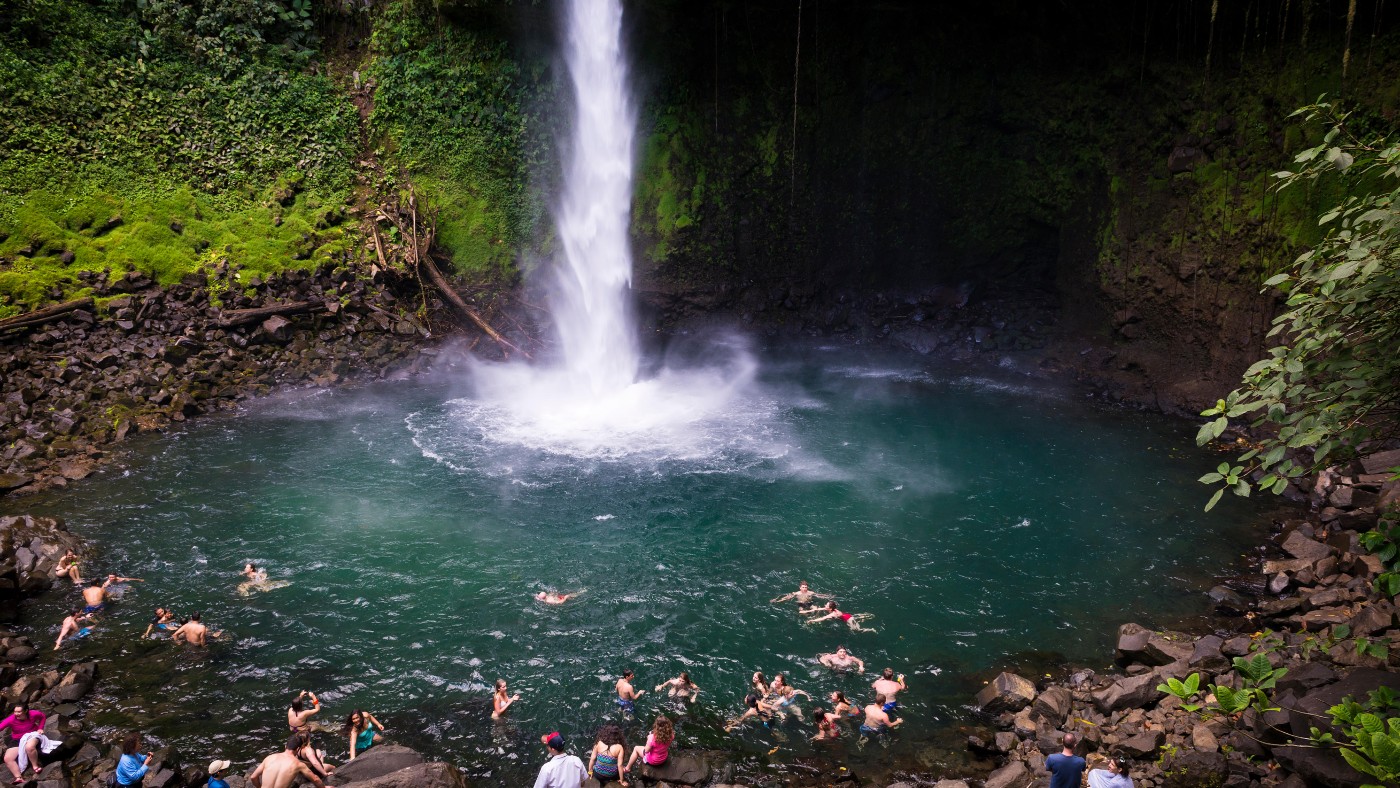
The next day we visited Arenal Volcano National Park, which is popular for trekking, horse riding and nature trails. Here we saw yet more magnificent wildlife, such as the Montezuma oropendola bird which was busy showing off his yellow tail trying to attract a mate. The area was declared a national park in 1997 to stop people building homes or hotels and preserve the flora, fauna and wildlife. The Sky Tram experience is also a must-do here, we glided through the rainforest with clear views over Arenal volcano and Lake Arenal, the latter of which powers the tram with hydroelectricity. The highlight of the day, however, was a dip in the Rio Fortuna Waterfall, well worth the 530 steps needed to reach it. After an adventure-packed day, which led to a sound sleep, we were ready for departure with one stop en-route to the airport, Sarchi.
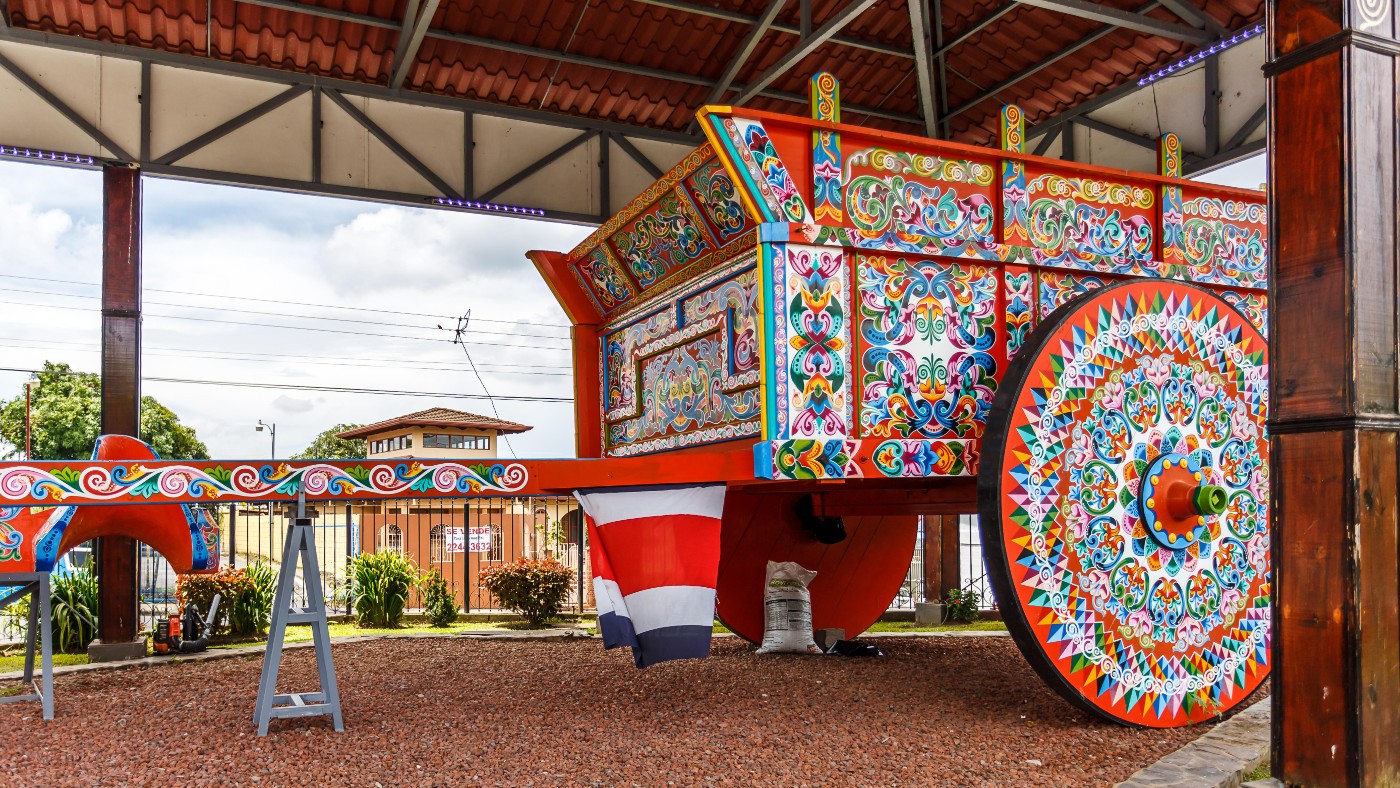
Sarchi
Regarded as the Costa Rican cradle of artisans, the town of Sarchi is most renowned for the intricate, highly-decorated and brightly coloured ox carts, a Unesco-declared national cultural heritage symbol of this Central American nation. In Sarchi you will find a few workshops where you can purchase your very own ox cart in various sizes, from a decorative ornament to a fully-functioning cart. It’s a beautiful town, where even the telegraph poles have the distinct, symmetrical decorations on them. They are certainly on-brand and proud of their tradition. Sarchi was a colourful end to what was a memorable trip.
Yasemen Kaner-White was a guest of the Costa Rica Tourism Board; visitcostarica.com
-
 6 optimal digital nomad destinations: Pack your laptop, your visa and a sense of adventure
6 optimal digital nomad destinations: Pack your laptop, your visa and a sense of adventureThe Week Recommends See the world — but do it in a conscientious manner
-
 South Korea highlights: ancient history meets modern culture
South Korea highlights: ancient history meets modern cultureThe Week Recommends From the bright lights of Seoul to Busan's beaches and the 'living museum' of Gyeongju, this tour offers a taste of a unique heritage
-
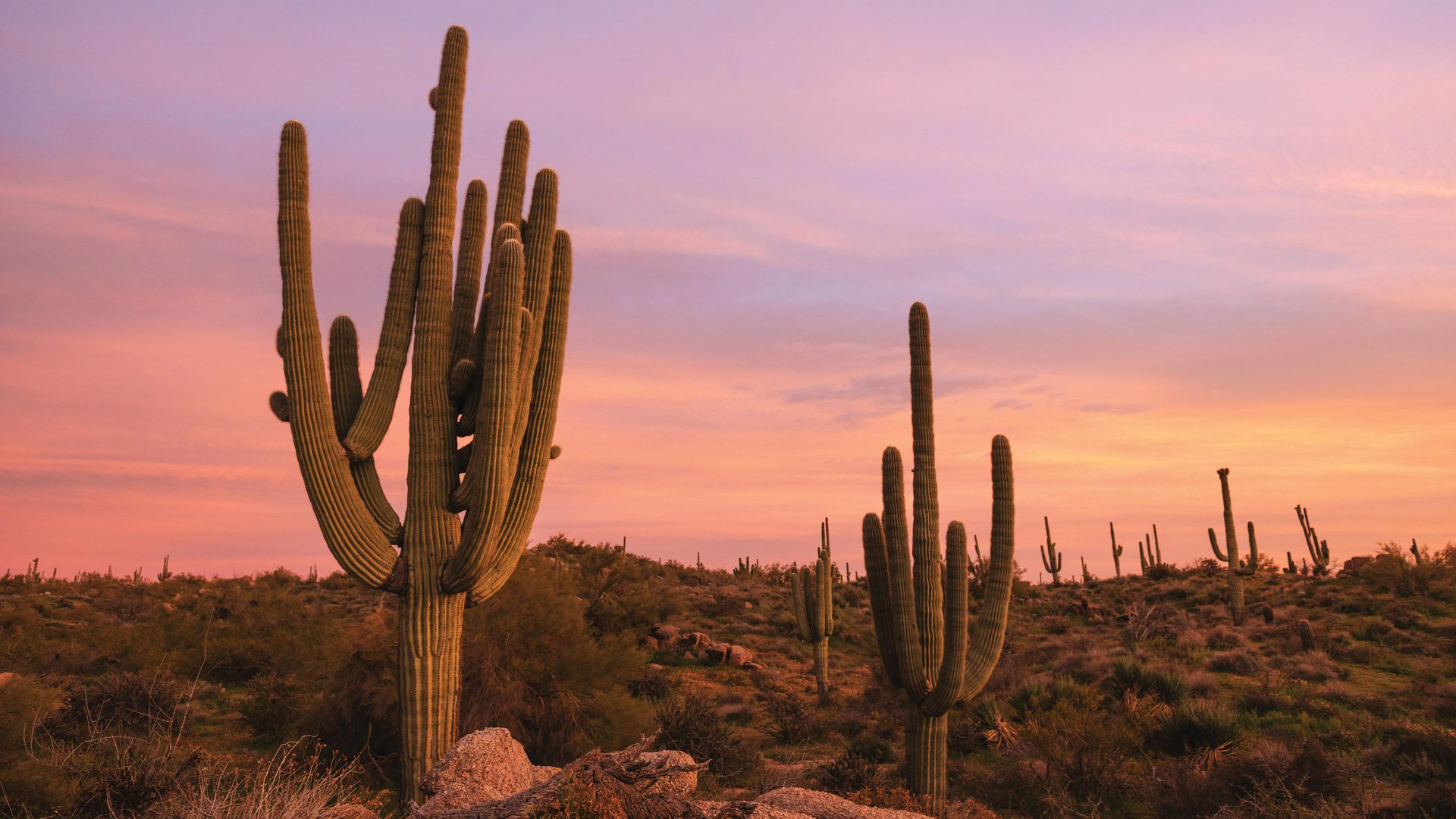 Desert wellness in Scottsdale: the best of Arizona's Old West
Desert wellness in Scottsdale: the best of Arizona's Old WestThe Week Recommends Boost body, mind and soul in this hub of healthy living
-
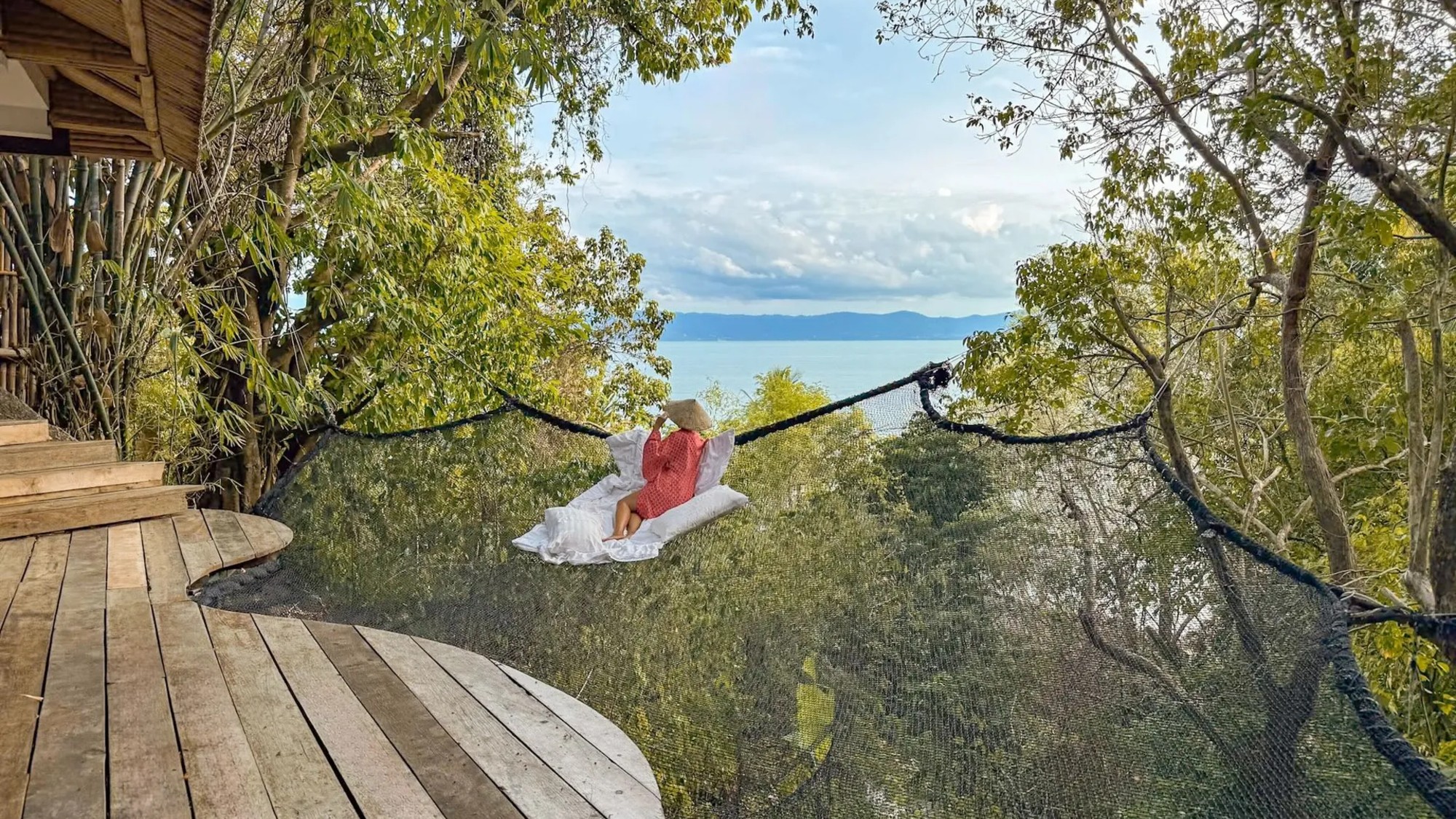 7 tranquil hotels worth the (sometimes extreme) trek
7 tranquil hotels worth the (sometimes extreme) trekThe Week Recommends Find serenity off the beaten path
-
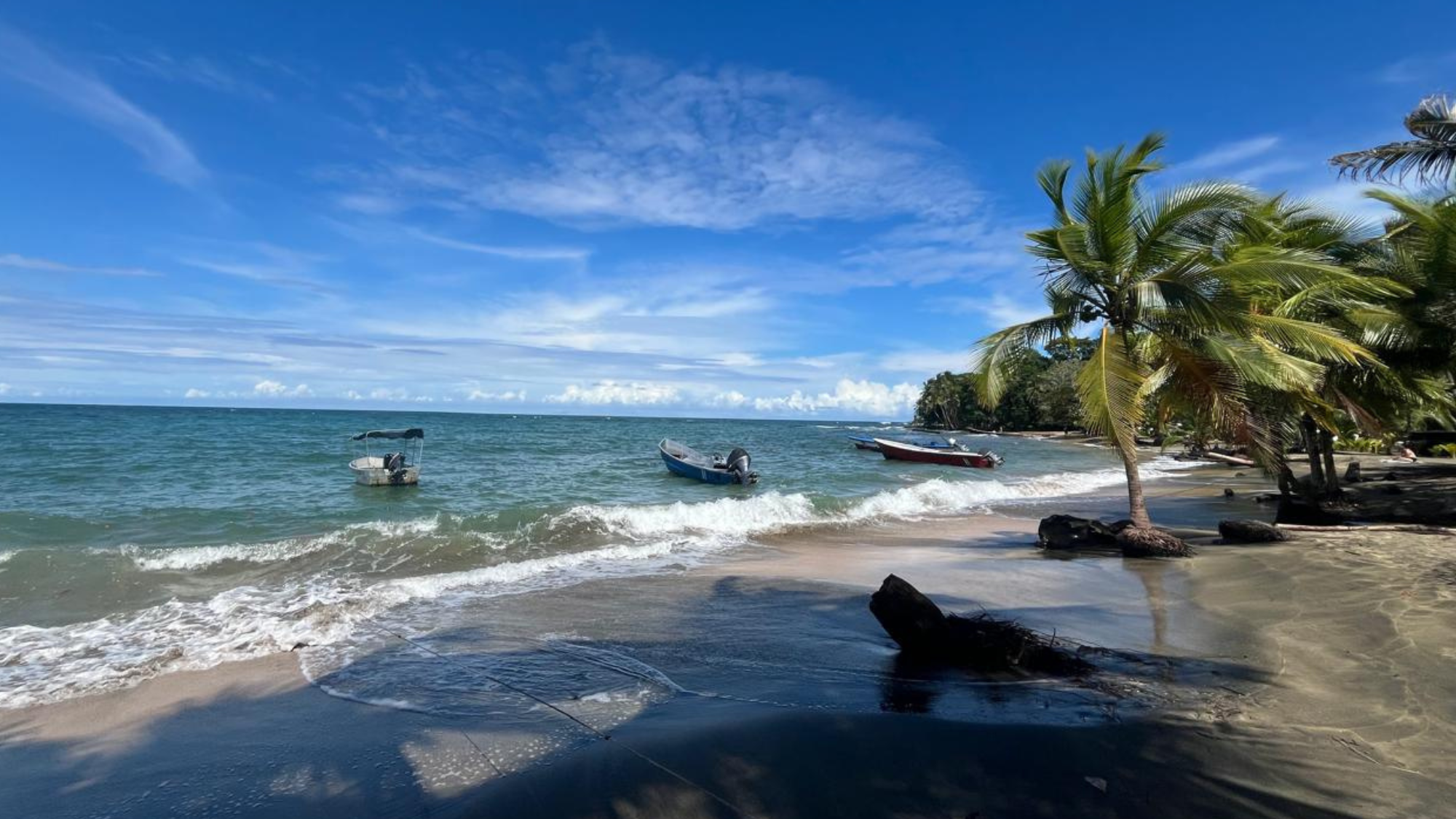 Living the 'pura vida' in Costa Rica
Living the 'pura vida' in Costa RicaThe Week Recommends From thick, tangled rainforest and active volcanoes to monkeys, coatis and tapirs, this is a country with plenty to discover
-
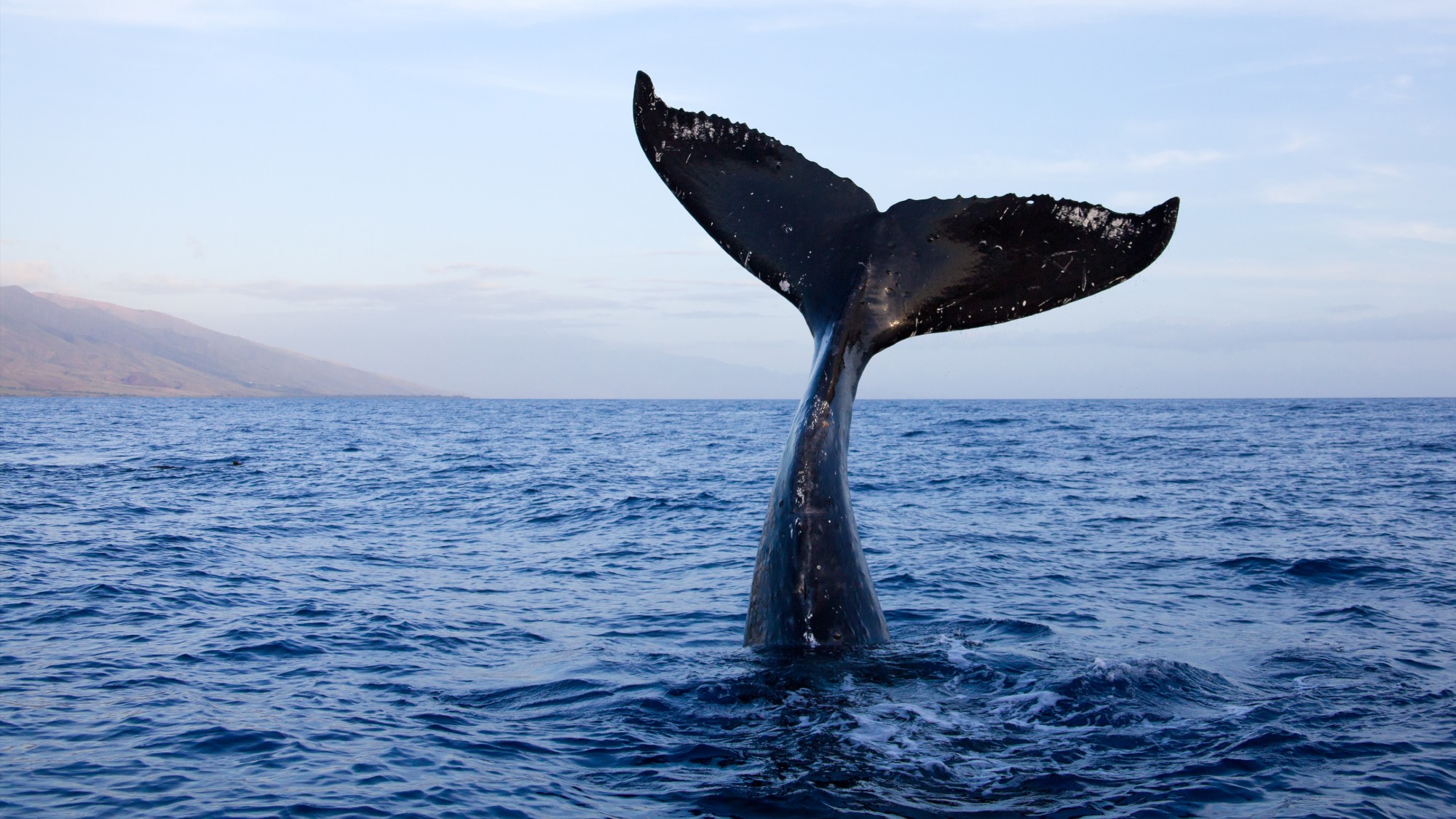 This winter heed the call of these 7 spots for prime whale watching
This winter heed the call of these 7 spots for prime whale watchingThe Week Recommends Make a splash in Maui, Mexico and Sri Lanka
-
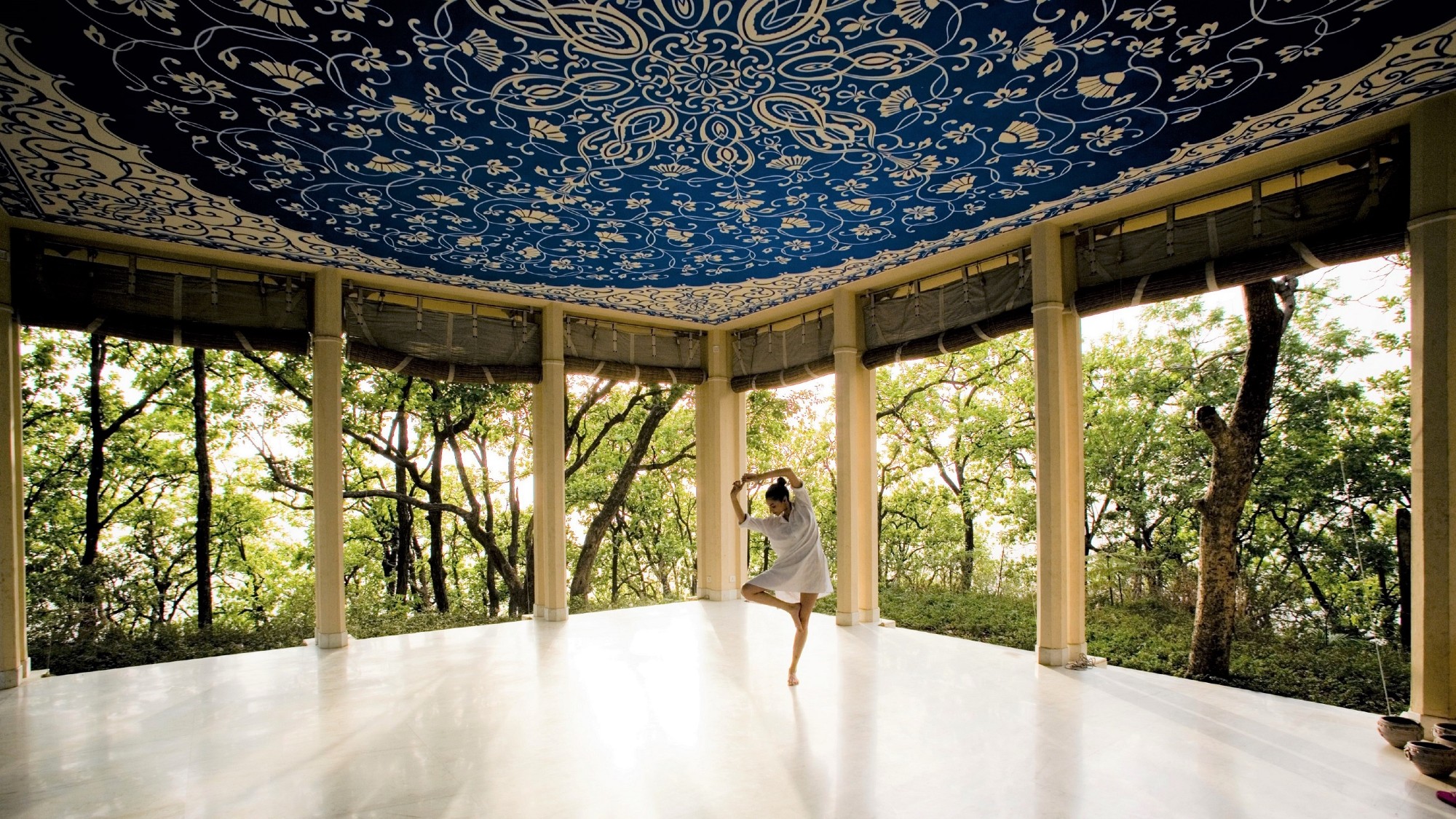 5 best hotels for quiet travel
5 best hotels for quiet travelThe Week Recommends Have a discreet retreat
-
 Leave the crowds behind at these 7 sensational hotels
Leave the crowds behind at these 7 sensational hotelsThe Week Recommends Traveling in September means more room to explore


